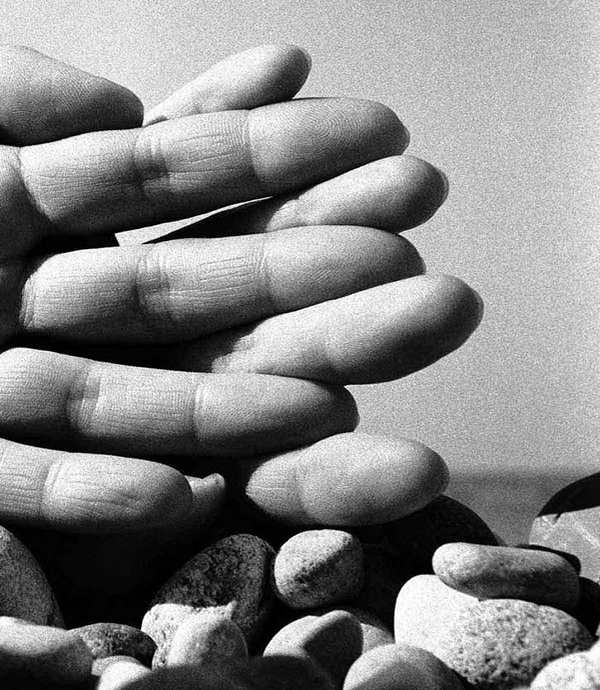William Hall
William Hall originated from Scotland. William Hall was, according to his own account, born in the Scottish county of Roxburghshire around 1826. In the 1891 census, William Hall gives his place of birth as Selkirk, a Scottish town located in a neighbouring county. When he was in his twenties, William Hall moved to England, where, around 1853, he married his wife Eliza (born c1826, Portsmouth, Hampshire). The couple settled in the Sussex seaside resort of Brighton, where, during the 4th Quarter of 1854, their first child, Eliza, was born.

General Photographic Institution was unusual in that the photographers offered to take portraits using all three of the available photographic processes. – Daguerreotype, Talbotype and Collodion Positive.
During his business association with the photographer Stephen Grey, which lasted for over 4 years, William Hall had fathered two more children. William Hall junior was born in Brighton towards the end of 1856 and his brother James Hall was born in Brighton during the 2nd Quarter of 1858. William and Eliza Hall’s fourth child, Christiana (or Christina) Hall was born in Brighton during the 4th Quarter of 1859.
What I like about the image above: I think that the boarder on this image makes it more interesting as it makes the oval portraits stand out from the background, as its very light and the black contrasts with this. Furthermore, I think very warm tones in the ovals means that the portraits stand out more, and when I recreate diamond cameo I think I will do this but in a more modern way, maybe in black and white as this will be putting my own twist on this old fashion diamond cameo work, and I like how to can use some of my existing work (portraits) to do this.
Furthermore, I think that the the formal of these diamond cameos gives me a good opportunity to use some of my good portraits that weren’t suitable for other aspects of this portrait project. In my opinion these pieces are a good way to use both monochromatic portraits and colour photographs and showcase all angles of the face, especially the side profile, as stronger noses and jawlines are shown off great in these pieces of work, and the fact that the oval profiles of the faces and that fact that they can be edited makes modelling for creating diamond cameos even easier and the majority of the time, these models end up looking good and liking diamond cameo work.
Process of creating a diamond cameo:
- Choose images and edit them in Lightroom
- Find a diamond cameo piece that already made
- Open this on photoshop and use this as a template
- Cut out the portrait areas on the existing diamond cameo
- Drag the new image you would like in this area into Photoshop
- Repeat so that all of the portrait areas are filled
- Position the ovals so that they are symmetrical
My examples and Analysis:

Here I have created a diamond cameo of Leticia, finding four separate images of her looking in different directions was easier than expected as we had instructed most of our models during our shoots to look in multiple different directions, as we knew we had to create diamond cameo pieces, but only using one persons face with four different photographs of the same person. I think that this image came out successful despite the small darker yellow tones around some of the oval portraits, as it was hard to position the pictures of her so that these darker tones were not visible, one other weakness is that the portrait on the left hand side has a slightly different background and this means that it stands out in a bad way, but i think the fact that she is still looking in the opposite direction, meaning this is still a good diamond cameo, makes up for the fact that it doesn’t one hundred percent fit with the other portraits.

Above I have created a diamond cameo piece using photographs of Diana, finding a good variety of images to use to create a good piece was difficult, as we didn’t take any photos of Diana looking to the left during her photoshoot. To overcome this problem I put the image on the right into photoshop and flipped it around so i had an identical image but just reflected, this meant that I could still create this piece, as I couldn’t do this with images of a wider variety of people as photographs of them were just not suitable or of good enough quality to create diamond cameos out of. I think that this example is good as the ovals in the middle are slightly bigger meaning that the darker yellow tones around the ovals that appeared in diamond cameos of Leticia and Katarina did not occur, as this takes away the positive attention from the actual portraits. However this did made this piece not as symmetrical which could be seen as a weakness.
Final/ Best Piece:

I have selected this diamond cameo of Katarina as my final image as I think that the original photographs of her are better compared to the the ones of Leticia and Diana above as they required no editing and no need for using photoshop other than to create the actual diamond cameo. I think this piece is really good as Katarina has a good side profile and the lighting whilst taking the original portraits is better compared to when other modelled, as we got her to look in different directions and got her to laugh whilst doing so, these images came out looking very natural and only the top, deadpan aesthetic portrait, came out looking serious, and i think that the other ones are so unposed creates great contrast within this final piece. Furthermore, my favourite part about this diamond cameo is how symmetrical these portraits are without the same image being flipped to do so.








































































































































































